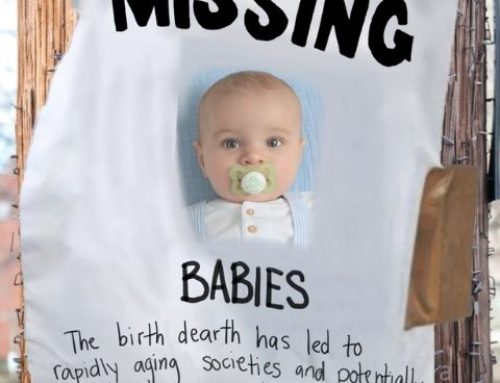
Louis Di Rocco was the point man for Campaign Life Coalition when they brought LifeChain to Canada in 1991.
In 1991 Campaign Life Coalition brought a new form of pro-life activism to Canada. People of all ages were invited stand at various intersections, praying while holding signs that display messages such as “Abortion Kills Children,” “Adoption — the Loving Option,” “Life — the first Inalienable Right,” and “Jesus Forgives & Heals.” Called LifeChain, this peaceful protest was originally started by Please Let Me Live, a pro-life organization in California. Though the annual event has now been held for two decades, word spread mostly through churches for the first few years. Fr. Lous Di Rocco, the point man on the project for CLC, told The Interim, “We contacted Catholics, Anglicans and Baptists.”
Asked how the project could stay alive, let alone popular, for so long, he said “it’s not difficult to do, though it takes some effort. We’re not asking people to go to jail or take other huge risks.” The emphasis of prayer is attractive to many, and the old saying that there is strength is numbers may also play a role. “You’re not alone when you’re standing with twenty, thirty, forty, fifty, even a hundred others.” explained Fr. Di Rocco. There is a “sense of solidarity” among participants.
Twenty years of LifeChains have given plenty of time for lasting memories to be made. As with most forms of pro-life work, Di Rocco cannot count how many lives have been saved, but he does not doubt there are quite a few. The first LifeChain remains among his favourites. A video was filmed featuring clergy of many denominations, MPs, health care professionals, and others, including notable names such as late senator Stanley Haidasz and activist Joanne Dieleman.
It seems, though, that the more things change, the more they stay the same. “We need to get the truth out there,” Fr. Di Rocco stressed. There are still some people who have never seen the prayerful, silent public proclamation that LifeChain provides. Others “have to be reminded” and encouraged of the need to witness for the pro-life cause. The display’s clear and succinct message reaches a lot of people, and has the potential to impact many more. As Di Rocco said in a 1994 interview with The Interim, “it’s not only the number of people who take part, it’s the number of people who see the signs.”
Even so, he maintains that LifeChain is only “one form of witness. It can educate people and change hearts, but it’s not going to do everything by itself.” Yet this is no reason to give up. If there is one thing he says he hopes has come out of the last two decades, it is that “more people (have) become pro-life and are living those beliefs in their daily lives.” With this change in Canadians’ mindsets, the country’s legal system cannot remain stagnant forever. “Someday, we will have a law that protects all human beings, but we can’t predict when that will be,” he said.




